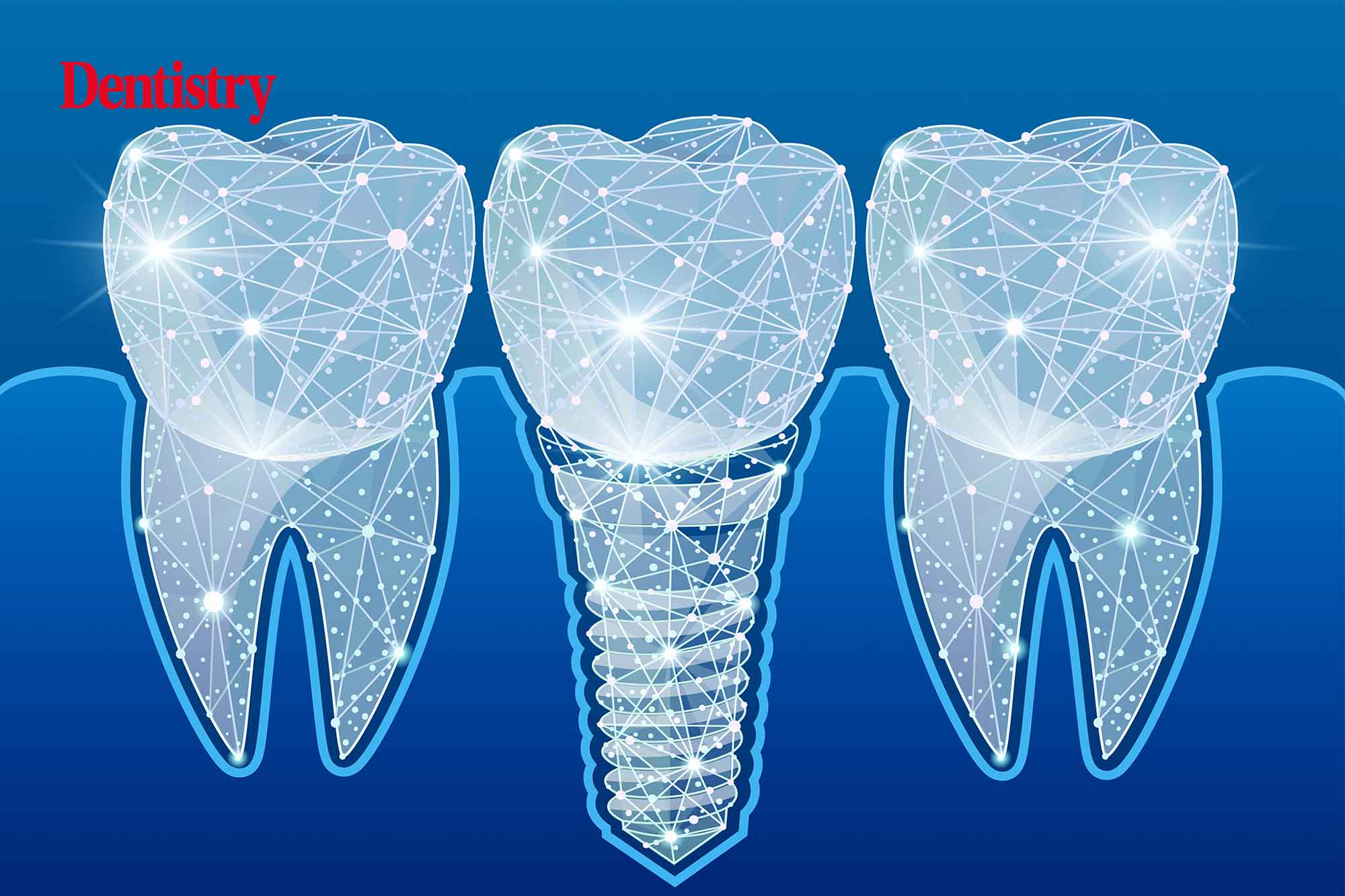 Can a digital implant workflow improve predictability, consistency and efficiency? Dentsply Sirona explores the digital workflow.
Can a digital implant workflow improve predictability, consistency and efficiency? Dentsply Sirona explores the digital workflow.
The success of an implant-supported restoration is hugely dependent on the accuracy of the diagnostic images and models. As well as effective communication between the clinician, lab and any third parties involved.
The evolution of digital dental equipment and software has improved both these factors immeasurably over the last few years. It is now possible to achieve predictable results consistently and much more efficiently than with traditional analogue alternatives.
One of the key reasons for this improvement is the ability to integrate all the digital equipment and software used throughout the entire digital implant workflow. From diagnosis right through to placing the final restoration. Regardless of the geographical location of different members of the dental team.
Data capture
The digital implant workflow starts with data capture in the form of an intraoral scan and a CBCT scan.
Dr Michael Norton, implant surgeon and a highly-respected educator and researcher on oral surgery, is an advocate of a full digital implant workflow.
He uses Primescan the latest intraoral scanner (Dentsply Sirona) because of its amazingly life-like 3D scans. They show intricate anatomical detail. And a realistic rendering of the different materials in the mouth.
One of Primescan’s most useful tools according to Dr Norton is the bite map. This shows all the cusp tips and incisal edges. Together with automated articulation makes designing the restoration much more straightforward.
‘Since I started using Primescan, I’ve virtually never had to touch the occlusion or contact points of a single restoration.’
Dr Norton also uses CBCT scans to plan implant placement. These scans can now be produced at a very low dose thanks to new-generation scanners such as the Axeos extraoral imaging unit.
Implant planning
Once captured, the digital images are uploaded into digital implant planning software such as Simplant. This meshes surface scan and CBCT scan together to give the picture, in all its 3D glory.
If the final restoration has already been designed, for instance using a chairside system such as CEREC, it will also appear in the software, so that the implant can be designed to support it.
This powerful and intuitive software possesses all the tools required to plan the optimal placement of the implant. This includes nerve canal tracing, selecting the preferred implant and abutments systems, and then customising the design to suit the needs of each individual case.
Once complete, users can send the design files via the software to any third-party partners, such as your lab, if they are milling your surgical guide.
CEREC also enables the design of implant guides for guided surgery. You can mill these in-house, if you have an appropriate milling machine.
The restoration
Following implant placement, a second digital impression of the prepped site is sent via the Connect Case Center to the lab. Here it is imported straight into software such as Inlab.
From there the technician can order a patient-specific abutment directly from Atlantis. They will send a design proposal back to the lab for approval.
The technician is able to edit the design as required before ordering the abutment. Then they can immediately integrate the files with Inlab to design the restoration.
Inlab also puts forward a proposal, which takes the surrounding dentition, captured in the digital impression, into account.
So, at each stage, the artificial intelligence within the software uses algorithms and data analysis of previous cases to provide a viable suggestion, automatically carrying out much of the work, and resulting in a faster and more efficient process.
The result
The complete integration of digital images throughout the entire digital implant workflow has revolutionised the way the dental team can work together.
It means complete visibility at every stage. And it vastly improves communication between clinician, technician, third parties and the patient themselves.
Even more excitingly, in addition to the benefits to your existing practice, introducing digital equipment and software opens up access to other treatment modalities, such as orthodontics. These will help expand your practice to meet the new demands of patients.
You can listen to the full ‘Let’s Talk Digital’ webinar given by Dr Michael Norton here.
To find out more about Dentsply Sirona’s extensive range of digital solutions please visit www.dentsplysirona.com/en-gb/explore.html.
You can visit the online Dentsply Sirona Academy for a wide range of education resources, video tutorials, courses and CPD webinars at dentsplysirona.com/ukeducation.
- dentsplysirona.com
- Facebook: @dentsplysirona.uk
- Twitter: @DENTSPLY_UK
- Instagram: @dentsplysirona.uk


